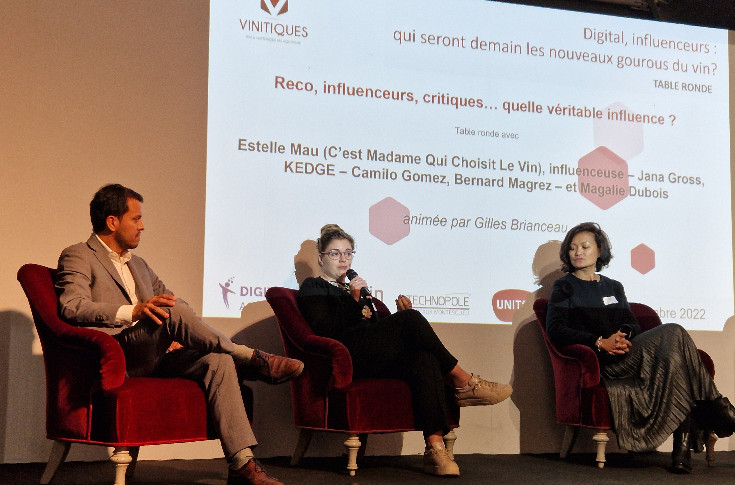Wine communication in an era of influencers

ho will be the wine gurus of tomorrow? The jury is still out, as evidenced by the Vinitiques conference that took place on November 8 at the Bernard Magrez Institute in Bordeaux. By way of a preamble, Magalie Dubois, a lecturer and researcher at the Burgundy School of Business and the University of Bordeaux, gave some historical context, stressing that the turning point came in the 1970s with the emergence of the Inao glass in 1977 and the first wine guides, such as Gault et Millau in 1973. Next on the scene were the ‘star’ critics, led by Robert Parker. But this era has now ended and bloggers and influencers have now stepped into their shoes. They are a new breed of critics, not necessarily experts, but with the ability to engage with a very large number of people.
The community in still in the construction phase. “Some influencers will make a long-term name for themselves. But we're in the early stages. The role of influencer needs to become a recognised profession” repeats Marc Antoine Mathey. A guest speaker at Vinitiques, the founder of Swirll presented his international influencer marketing agency, launched in Paris last July, which specialises in digitalising communication in the wine space. To do this, he works with a dozen influencers from seven different countries whom he provides with remuneration and contracts that he considers financially “worthwhile”. However, the financial aspect remains taboo.
Camilo Gomez, digital manager for Bernard Magrez, would only specify that 15% of the communication budget was allocated to the use of influencers. “We build a relationship of trust with these content creators”. Estelle Mau (C'est Madame qui Choisit le Vin), who has 11,000 followers, is part of the pool of influencers that he regularly turns to. “When Camilo asks me what I think of a product, I say it. I'm independent”, she says.






